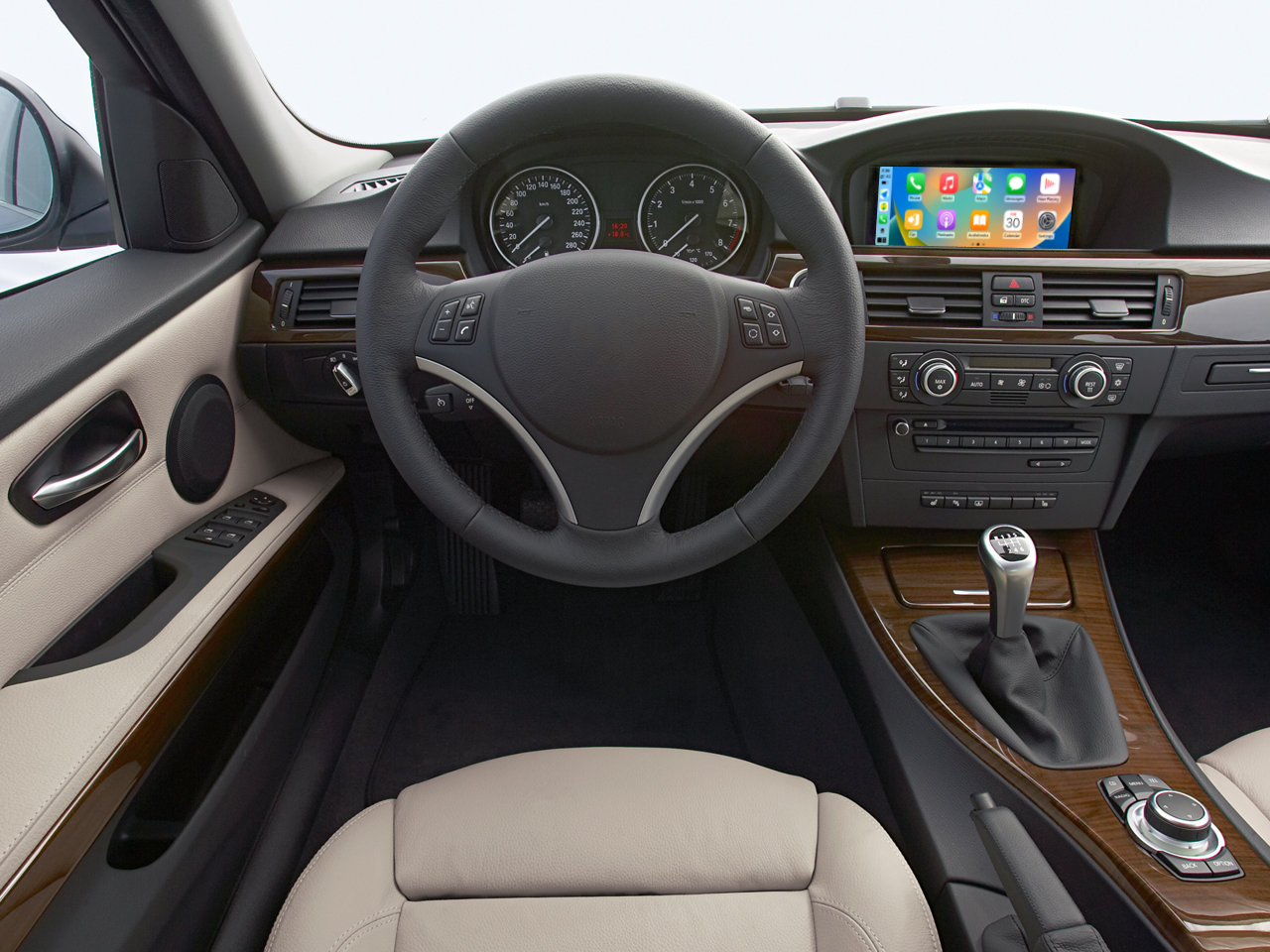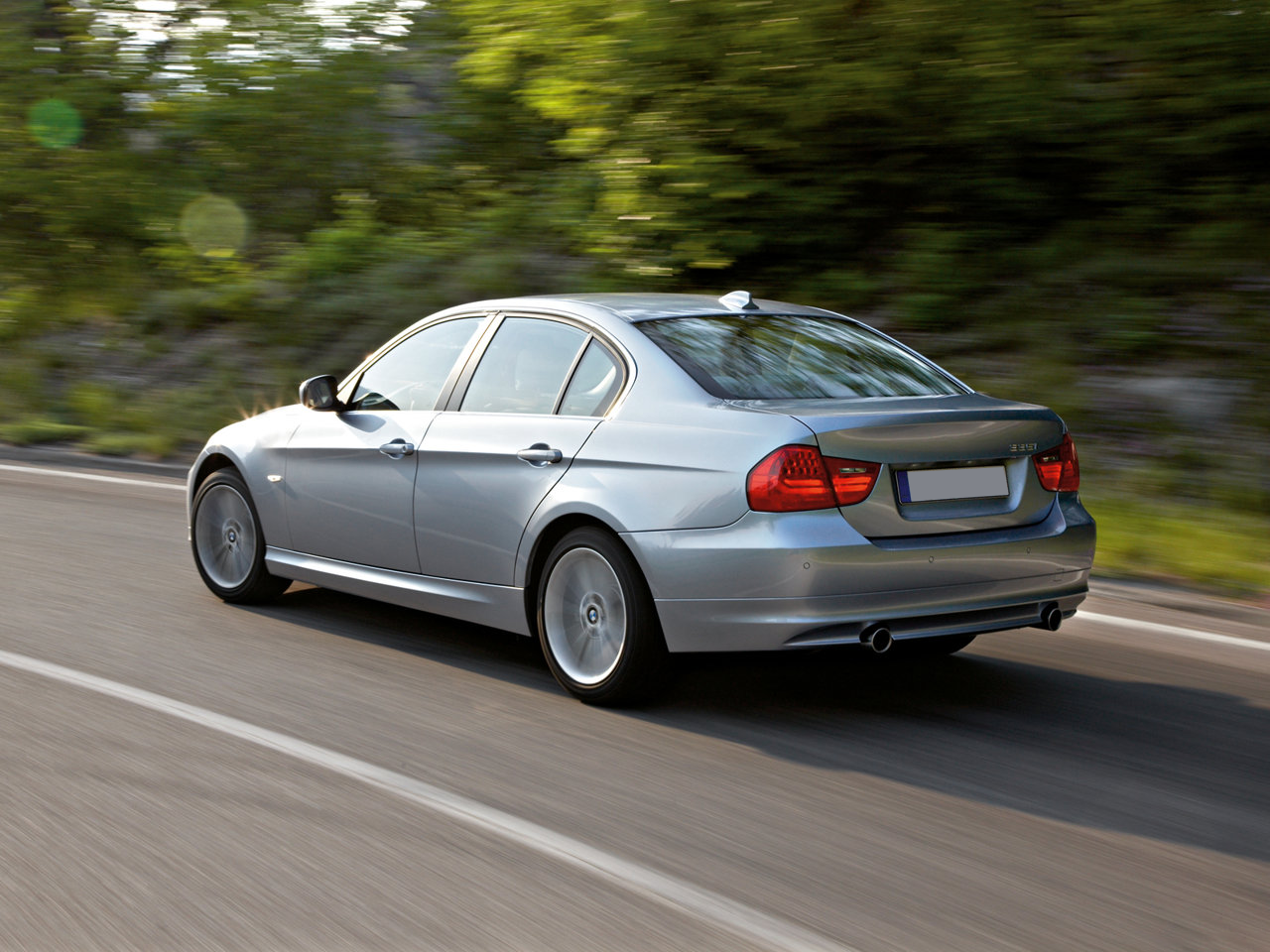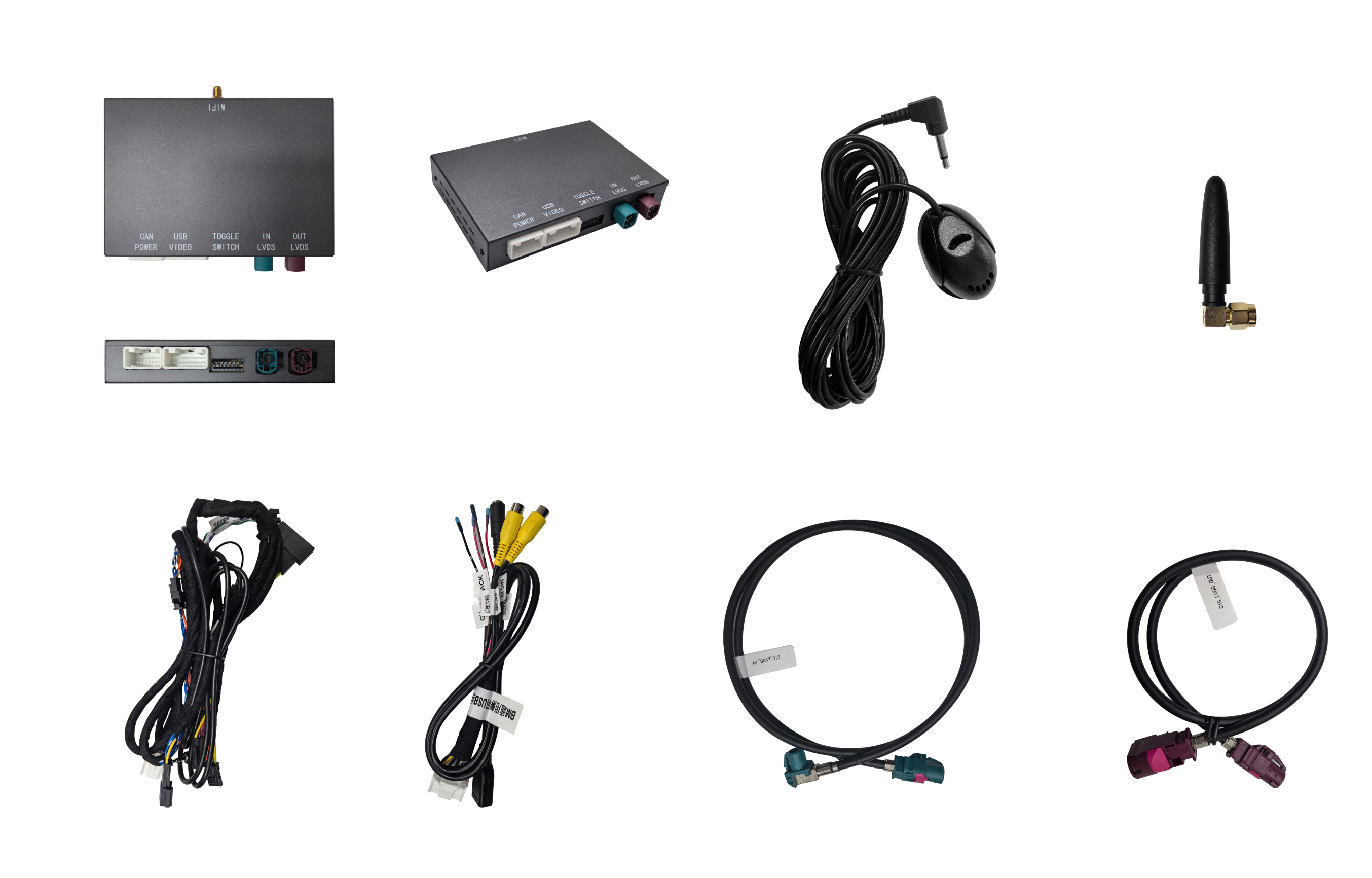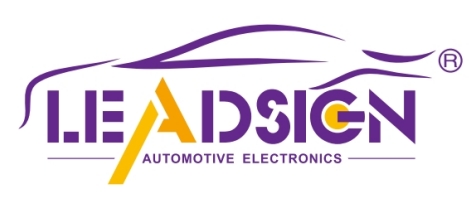Troubleshooting BMW CIC Carplay Installation for Apple Carplay Adapter for Cars Without Carplay

Are you struggling with sound issues during your BMW CIC Carplay installation? Don’t worry—it’s often a simple fix. First, make sure you’ve set AUX on your car’s OEM system. Go to the original menu, select "AUX," and adjust the volume. Then, check the connection of the AUX cable. Plug it into the AUX-IN port, usually in the armrest box. These steps ensure the audio routes correctly through the factory AUX system.
Key Takeaways
Make sure AUX is chosen on your car for sound. Check the AUX cable to fix any audio issues.
Collect all needed items before you begin installing. These include LVDS cables, a Wi-Fi antenna, and a new microphone.
Use your Vehicle Identification Number (VIN) to see if the BMW CIC Carplay system works with your car. This helps avoid problems during installation.
Required Accessories and Tools

Important Parts for BMW CIC Carplay Installation
Before you start installing BMW CIC Carplay, gather all needed items. Having everything ready will make the process faster and easier. Here's what you’ll need:
LVDS cables: Includes one for input and one for output video.
Wi-Fi antenna: Stick this to plastic areas for better wireless signal.
AV/USB cable: Powers the backup camera and manages video input.
CAN cable (power cable): A simple cable to power the system.
iDrive cable: Has both 4-pin and 10-pin connectors for flexibility.
Aftermarket microphone: Needed if your car lacks a built-in microphone.
MIC adapter cable: Connects the original microphone to the new system.
These parts are key to making your BMW CIC Carplay work well. Check that you have all of them before starting.
Using VIN to Check Compatibility
Not every BMW works with the BMW CIC Carplay system. To avoid problems, check your car’s compatibility using its Vehicle Identification Number (VIN). You can find the VIN on the dashboard, near the windshield, or on the driver’s door frame. Once you have it, go to a trusted site like BimmerTech to confirm compatibility. This step ensures the system will fit your car.
If your car is compatible, you can move forward. If not, look into other options like smartphone mirror systems or different Apple Carplay solutions. Doing this early will prevent issues during installation.
Step-by-Step Installation Guide

Getting Ready Before Installation
Before starting, prepare your car and tools. Park in a bright spot so you can see clearly. Gather everything you need, like LVDS cables, CAN connectors, and the microphone. Keep the user manual nearby for help if needed. Disconnect the car battery to stay safe and protect your car’s electronics.
If you’re using a plug and play installation kit, check that all connectors fit your car. This will save time and avoid problems later. Being ready makes the process easier and faster.
Connecting LVDS Cables and Setting CAN Connectors
Now, let’s connect the LVDS cables. These cables send video signals for your BMW CIC Carplay system. Attach the input cable to the factory head unit. Then, connect the output cable to the screen. Make sure they are plugged in tightly to avoid screen issues.
Next, adjust the CAN connectors. Most BMWs use low CAN, but some models, like the X3 and X5, need high CAN. Check your installation guide or manual to pick the right one. Correct settings help the system work well with your car.
Tip: Check all connections twice before moving on. Loose cables can cause problems later.
Installing Microphone and Audio Setup
For clear sound, set up the microphone properly. If your car doesn’t have one, use the aftermarket microphone from your kit. Place it near the driver’s seat for better voice pickup. Use the MIC adapter cable to connect it to the system.
For audio, plug the AUX cable into the AUX-IN port. Test the microphone in a quiet place to avoid background noise. This helps the system recognize your voice better. If possible, use a reference microphone for accurate setup.
Wrapping Up the Installation
You’re almost finished! Reconnect the car battery and turn on the system. Pair your phone with apple carplay using wireless or USB. Test the screen, sound, and microphone to make sure everything works. If something isn’t right, go back and check the steps or read the manual.
Now, enjoy your new system! Use navigation, make calls, or play music. Your BMW CIC Carplay installation is complete. Enjoy the ease of smartphone mirror technology while driving.
Common Troubleshooting Scenarios and Solutions
Fixing Sound Issues
No sound after installing BMW CIC Carplay? Don’t worry. First, check the AUX settings in your car’s system. Make sure AUX is chosen as the audio source. Next, ensure the AUX cable is firmly plugged into the AUX-IN port. A loose cable can stop the audio from working.
If the volume is too low, adjust it on both your car and phone. Still no luck? Check the microphone setup. Place the aftermarket microphone correctly and connect it with the MIC adapter cable. Testing the microphone in a quiet spot can improve sound quality.
Tip: Test the sound system right after installation to find problems early.
Resolving Wireless Connectivity Problems
Wireless Apple Carplay is great, but issues can happen. If your phone won’t connect, make sure Bluetooth and Wi-Fi are turned on. Restart both your phone and car system to fix small glitches.
If problems continue, check the Wi-Fi antenna. Install it on a plastic surface to avoid interference. If the connection drops, move your phone closer to the antenna. This helps strengthen the signal and keeps the connection steady.
Note: Update your phone’s software often to stay compatible with the system.
Addressing Display and Reverse Camera Issues
Screen problems can be annoying but are usually simple to fix. Keep the software updated to avoid lag and ensure compatibility. If the reverse camera doesn’t show when shifting to reverse, it might be a software issue. Switch inputs manually to see the camera temporarily.
Loose LVDS cables can also cause screen issues. Check that both input and output cables are tightly connected. If the problem doesn’t go away, read the installation guide or contact support for help.
Tip: Test the screen and reverse camera right after installation to confirm they work.
Fixing your BMW CIC Carplay setup doesn’t need to be hard. Keep these simple tips in mind:
Use plastic tools to protect your car’s interior from damage.
Program the CIC module first for better sound quality.
Place wires neatly, avoiding airbags, for a safe installation.
Still having trouble? Check the manual or ask for help. Many users who contacted support said they were happier, with an average score of 4.5 out of 5. Solving issues is easier when you use these tools.
Tip: Cover your dashboard with a towel to avoid scratches during setup.
FAQ
How can I check if my BMW works with the LEADSIGN Carplay adapter?
Use your car’s VIN to check compatibility. Enter it on reliable websites like BimmerTech to see if the adapter fits your car model.
Tip: You can find the VIN on the dashboard or the driver’s door frame.
Why isn’t my microphone working after setup?
Make sure the aftermarket microphone is properly connected with the MIC adapter cable. Test it in a quiet place to improve sound pickup and voice clarity.
Can I use both wireless and wired Carplay with this adapter?
Yes, you can! The LEADSIGN adapter allows both wireless and wired options. Pick the one you like for a smooth driving experience. 🚗✨
Note: For wireless use, turn on Bluetooth and Wi-Fi on your phone.

